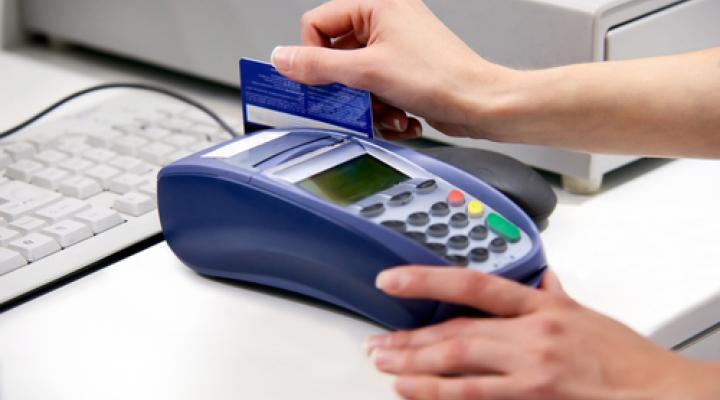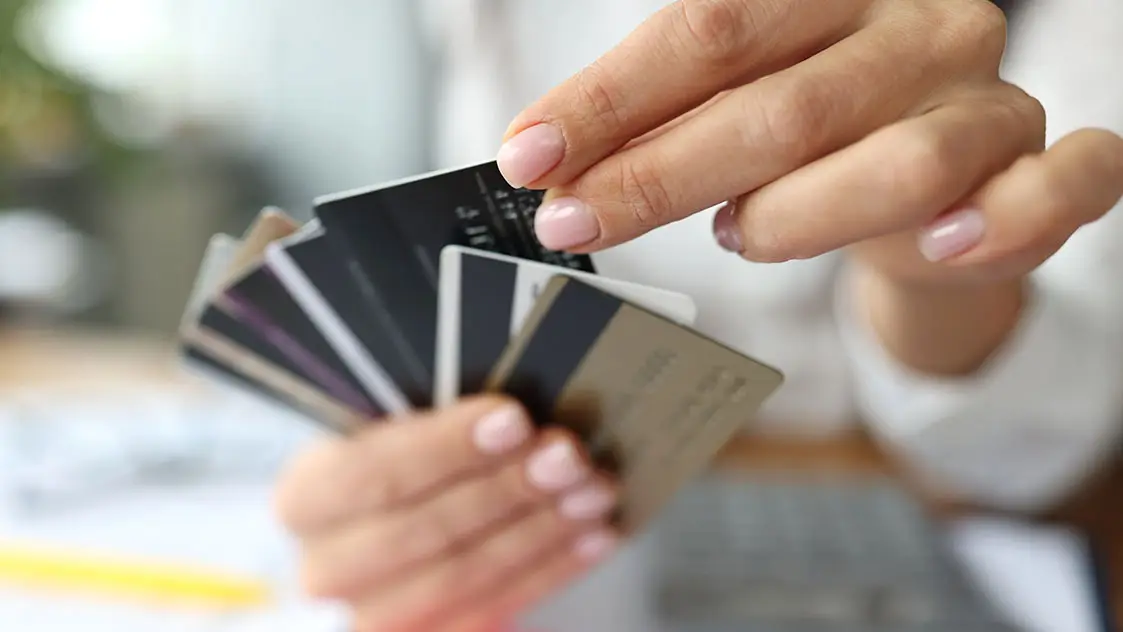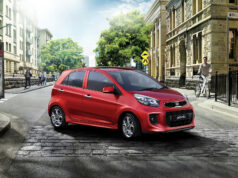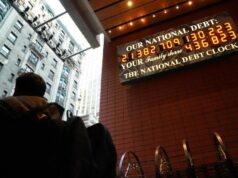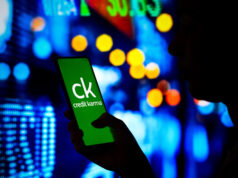A credit card with cash back rewards pays you a set proportion of your spending back. The card and the spending category have an impact on how much you earn. On purchases, some cash back credit card offer a fixed rate of 1.5% or higher. Then you would get $15 back for every $1,000 you spent. Some people have bonus areas where they may make more money, such as the 4% back on meals.
How does a Cash Back Credit Card operate?
Here is a detailed explanation of how cash-back credit cards operate:
- Use your cash-back credit card.
- You receive cash back each time you pay for qualified goods with your cash back card.
- Additionally, a lot of these cards include extra categories where you may earn more incentives.
- Your cash back is deposited by the credit card company.
- All of the cash back you get will be put on your credit card’s cash back balance at first.
- As you use your card, the card issuers automatically compute your cash back.
- They then add that cash back to the cash-back amount on your card.
- Typically, this occurs at the end of each statement period, but some card issuers deposit cash back every day.
- Your cash back rewards are redeemed.
- When you’re ready, you may redeem your cash back by calling the card issuer or going to your online account.
- Depending on your cash back card, you may be able to use your rewards as a statement credit on your credit card bill, transfer them into a bank account, or request a check.
Be aware that some cards have minimum redemption amounts, such as $20 or $25. Thankfully, many of the top cash back credit cards have no minimum redemption requirements.
Cash back vs. points
Two different kinds of credit card incentives are cash back and points. When redeemed, points typically have more possibilities than cash back. You may be able to redeem points for a vacation, a gift card, cash, or items, whereas cash back can only be used for cash. Depending on the rewards credit card you have, you have specific alternatives. Points have the advantage of having more uses, but this also makes them more difficult.
Kinds of Cash Back Credit Cards
Credit cards with cash back come in three main varieties: those with flat rates, those with bonus categories, and those with rotating bonus categories. You can choose the credit cards that will maximise your cash rewards by knowing how each sort of card operates.
Cash back cards with a fixed rate
The rate of cash back earned on purchases with a flat-rate card is always the same, usually 1.5 percent or 2 percent. If your spending is generally balanced and there aren’t any special major spending categories among your regular purchases, then this sort of cash rewards credit card is great for you. When consumers do the arithmetic, they frequently discover that a flat-rate cash back card will allow them to earn the most. If you want one, it’s tough to beat the Wells Fargo Active Cash® Card. You may get 2% cash back on purchases with it.
Cash back cards with bonus categories
In one or more categories, such as groceries, restaurants, or petrol, a bonus category cash back card gives a greater cash back rate. With the correct bonus category card, people who make significant purchases in particular categories may be able to earn extra cash back. The American Express Blue Cash Preferred® Card, for example, offers a market-leading 6 percent cash back at American supermarkets for up to $6,000 per calendar year.
Rules apply. Even with the yearly charge for the card, that is a really beneficial deal (see rates and fees). Whether you need the best credit cards for petrol, restaurants, or another area, there are bonus category cards that accommodate just about everyone. These cards typically offer 1% cash back on qualifying purchases outside of bonus areas. But these days, not all bonus category cards are the same.
Rotating cash back cards with bonuses
In a fluctuating mix of categories, a rotating bonus category cash back card gives a greater cash back rate. With this kind of card, new bonus categories are normally added every three months. In most circumstances, in order to get the bonus rate, cardholders must activate their bonus categories prior to or during the quarter.
These cards’ benefits include a very high cash back rate in bonus categories and the constant addition of new bonus categories. The second method, on the other hand, has some drawbacks, like having bonus categories where you won’t spend much money.
The Chase Freedom FlexSM and Discover it® Cash Back are two of the most well-known rotating bonus category cards. get 5% back on your first $1,500 spent in a variety of additional areas that you can activate every three months. The Chase Freedom FlexSM is different because it also has a number of pre-set bonus categories.
The best credit cards for cash back are:
A common feature of cash back credit cards is bonus categories. We’ll describe some of the most popular bonus categories and the greatest cash back rates you’ll discover in each to provide you with additional information about them. In establishments that are classified as supermarkets or grocery stores, these credit cards receive higher rates.
This is a good moment to make it clear that bonus categories are determined by the store, not the specific item you are purchasing. It still qualifies as a grocery store purchase if you go to the shop and buy shampoo, paper towels, or any other non-food item. Cash back rates of up to 6% are available on supermarket purchases made with grocery credit cards.
A supermarket cash back card might be an excellent option because, for many customers, this is one of their top purchasing areas. Some credit cards earn higher rates at petrol stations than others. Gas stations connected to supermarkets or warehouse clubs, but just ordinary gas stations, often provide extra cash back.
Up to 4% can be redeemed on gas station purchases using gas credit cards. Although they could be a suitable match for someone with a long commute or a profession that requires driving, the average consumer spends more on other things like food.
- Dining: These credit cards provide greater rewards rates at all types of eateries, including fast food joints and sit-down restaurants.
- Delivery Orders: That also applies to takeout and delivery orders from restaurants. You should examine the rules of each card to determine if food delivery services like DoorDash and Grubhub are eligible.
- Restaurant: Purchase discounts of up to 4% are offered by dining credit cards. They are useful if you are the sort who would rather order delivery than prepare meals at home.
- Travel: These credit cards provide extra cash back on specific kinds of travel-related transactions or on travel overall. The card issuer will outline which transactions, such as lodging or air travel, qualify if there are any restrictions.
Anything the card issuer puts in the “travel” category is eligible for extra cash back if it has to do with travel in general. The majority of credit cards that offer additional benefits for spending on travel are not cash back cards but rather travel credit cards.
On specific kinds of travel-related expenses, rewards rates on these cards can reach 10%. On specific categories of travel-related expenses, some cash back cards offer bonus rates as high as 5%.
How to compare credit cards with cash back
As you compare reward credit cards, you may undoubtedly find several cards that you like. You must evaluate them in order to choose the best one. This is where the Ascent’s tool for comparing credit card offers might be useful. You may compare the features of several cash back cards, feature by feature. To select the appropriate card, consider the following factors:
The most crucial component is the cash back rate. Every time you use your card, a higher cash back rate will result in greater savings for you. You should pick a credit card with either bonus categories that fit your spending patterns or a high flat rate on purchases. Annual fee: Although there are a few exceptions, the majority of cash back cards have no annual fee.
Annual fee-based cash back cards often provide larger cash back percentages. If you spend enough, the higher rates might offset the yearly fee, but you’ll need to calculate the value of the benefits you’ll receive to be sure.
Welcome Bonus:
Numerous cards provide initial bonus benefits, which can range from $100 to $200 when a specified minimum is spent over the first three months. This kind of welcome bonus is a simple way to get cash back. If you have a choice between a few cards, you might wish to choose the one with the highest bonus cash amount. There are more factors you might want to think about.
You could search for cash back cards that also provide 0% introductory APR rates, no-cost credit score monitoring, or any other benefit that appeals to you. But which cash back card delivers the best value is often determined by the three aforementioned attributes.
Which credit card offers the highest cash back rates?
The best flat-rate cash back we’ve seen is 2% with the Wells Fargo Active Cash® Card on purchases. The Blue Cash Preferred Card from American Express comes out on top when bonus categories are taken into account. Every year, you can earn 6% cash back on purchases up to $6,000 in value.Among supermarket credit cards, we haven’t discovered one with a higher cash back rate.
Are credit cards with cash back taxable?
Credit cards with cash back are often not taxed. Because the IRS views the cash back you receive as a rebate on your purchases rather than income, it is not taxed if you use your credit card to make purchases. Therefore, any form of cash reward that involves payment is considered a rebate and is not subject to taxation. You wouldn’t have to pay taxes on something like a card that gets 4% on dining or an infinite 2% cash back on shopping.
This also applies to welcome incentives that require financial investment to get, such as a $200 bonus after spending $500 in the first three months. Even though cash back is often not taxed, if it doesn’t involve any expenditure on your part, it can be considered income. The most typical example would be a bonus for applying for a credit card without a minimum spending threshold.
Do I need a credit card with cash back?
You might be able to save money with a cash back rewards card. They’re definitely worth looking into if you have strong or great credit and can qualify for the top cash back cards. But this particular card has advantages and disadvantages.



